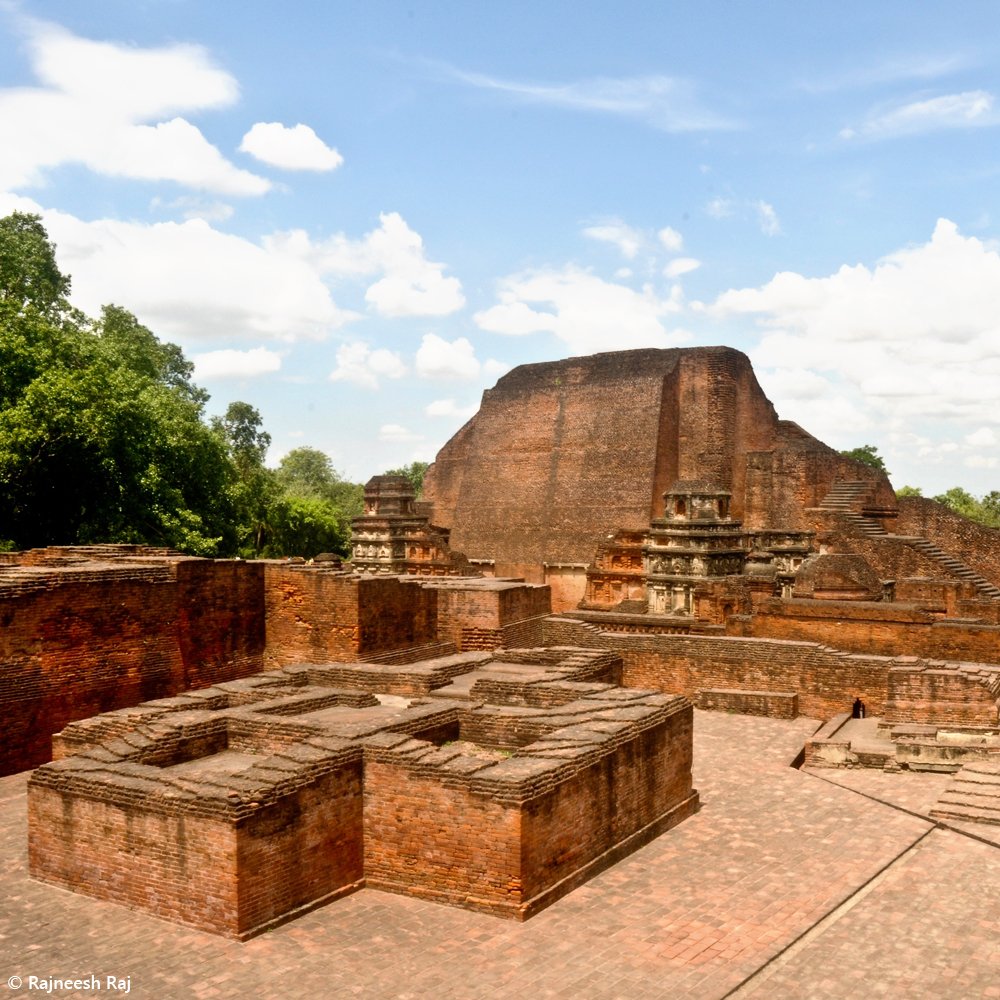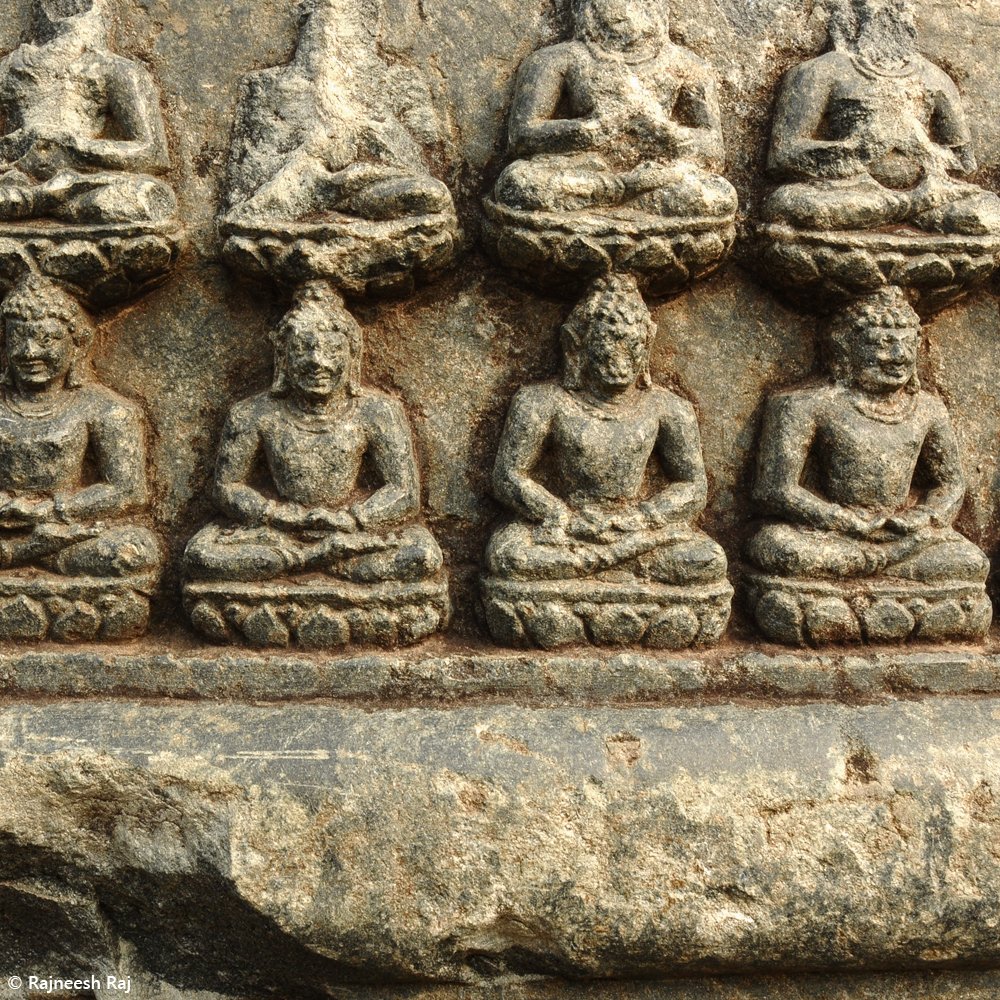Nalanda University enters UNESCO’s World Heritage List
July 15, 2016
New Delhi: The archaeological site of Nalanda Mahavihara (Nalanda University) in Bihar has been included in the UNESCO’s World Heritage List, which also featured three new sites from China, Iran and Micronesia.
The inclusion of the four new sites was announced at the 40th session of The World Heritage Committee meeting in Istanbul in Turkey.
“Congrats…! Archaeological Site of Nalanda Mahavihara is now a #WorldHeritageSite. Thank you @UNESCO @IrinaBokova,” India’s Culture Ministry tweeted today.
Irina Bokova is Director-General of Asia, UNESCO.
Nalanda stands out as one of the most ancient universities in South Asia, UNESCO said in a release.
“Archaeological Site of Nalanda Mahavihara (Nalanda University) comprises the archaeological remains of a monastic and scholastic institution dating from the 3rd century BCE to the 13th century CE,” it said.

The site includes stupas, shrines, viharas (residential and educational buildings) and important art works in stucco, stone and metal.
“The University engaged in the organised transmission of knowledge over an uninterrupted period of 800 years. The historical development of the site testifies to the development of Buddhism into a religion and the flourishing of monastic and educational traditions,” the release said.
The Nalanda archaeological site got included in the Tentative List of World Heritage on January 9, 2009.
The nomination dossier was prepared by the Archaeological Survey of India (ASI) and submitted in January 2015 to the World Heritage Committee for the purpose of its inscription in the year 2016.
Besides the site of India, the other names included in the UNESCO World Heritage List are ‘The Persian Qanat’ of Iran, ‘Nan Madol’– ceremonial centre of Eastern Micronesia — and ‘Zuojiang Huashan Rock Art Cultural Landscape’ of China.
The Centre had “pulled out” Delhi from the race for the UNESCO Heritage List, arguing that such a prestigious tag for the city will put “a lot of restrictions” on carrying out infrastructure works in the national capital.
Nalanda was the 2015 entry from India for the UNESCO World Heritage tag in the ‘cultural heritage segment’ in pursuance of which the Ministry of Culture through the Archaeological Survey of India had sent an over 200-page-long nomination dossier on January 23 last year.
The University’s construction began in 6th century AD and it flourished under the Gupta Empire. Its end came in 12th century when it was ransacked, looted and burnt in 1193 AD by the invading Turk Army led by its commander Bakhtiar Khilji.

An expert from Paris-based International Council of Monuments and Sites visited the ruins of the University, situated in Nalanda district, about 90 km from Patna, to evaluate India’s bid for the coveted tag.
Bihar currently has over 70 ASI-protected heritage monuments and sites under the Patna Circle. The Mahabodhi Temple at Bodh Gaya in Gaya district of the state is under the UNESCO World Heritage Site.
The Nalanda ruins, which fall under this Circle, is spread over 23 hectares.
With its entry into the coveted UNESCO list, Nalanda University has become the 26th ‘cultural site’ of India to get the prestigious status, a statement quoting Chaitnya Prasad, Principal Secretary to the art and culture department, Bihar government said.
PTI
Recent Stories
- Gujarat govt to form AI Task Force
- Khambhat police book 31 for attacking police personnel
- BJP wins Vav assembly by-election in Banaskantha
- Progress update of Vadodara - Dahod - MP Border section of Delhi-Mumbai Expressway
- Thaltej Gam Metro Station ready; likely to open in December 2024
- Over 5 lakh tourists visit Rani ki Vav in Gujarat in two years
- Vav Assembly seat by-election 2024 live results
